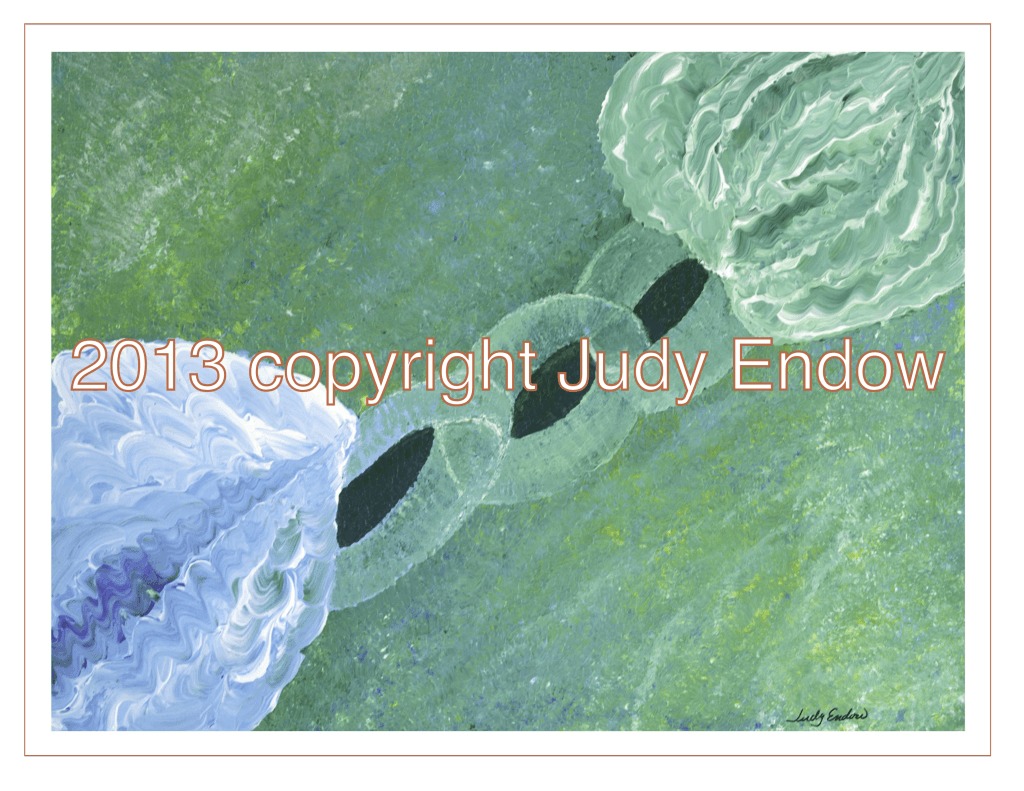As an autistic my connections to other people are perceived visually. In fact, I often need to have a concrete visual available in order to be able to think about my friends. A challenge I am often faced with is the erroneous presumption and resulting behavior of neuro-majority people when I need a visual in order to maintain a relationship.
Many Autistics Are Visual Thinkers
For those of us who are visual thinkers it seems logical that visuals would play an important part in developing relationships with others and in maintaining those relationships over time. In fact, many of us need something we can actually see such as a picture of a person or a concrete object representing that person. We do not decide to need this, but rather it is the way our autistic neurology makes information available and connections possible for us.
My Experience Growing Up
As for myself, I need a visual in order to think about a person or to pull up a conversation I had with a person. When I was a child I would sneak something of mom’s to take with me to school such as a discarded Doublemint gum wrapper. If I didn’t have some sort of visual reminder of mom with me it caused me to feel as if she did not exist – like she had died. When this happened it was hard to concentrate and figure out what my teachers wanted me to do.
My Challenges As an Autistic Adult
It seems to be difficult to get neuro-majority folks to understand this phenomenon, but when it occurs it is as if the out of site person is no longer alive. I need a visual placeholder in order to maintain my connection with another person. Often times when I am brave enough to make this need known I have been laughed at or in some other way ridiculed. It is thought to be babyish and I have been admonished to “grow up.”
I do not understand this reaction of others, but have experienced it many times over the years. It is not at all helpful. It does not honor my neurology and it does not allow me to participate in relationships. It seems to be difficult for neuro-majority folks to imagine relationship connections to be any way other than the way that works for them – which does not typically include a picture or object reminder of a friend in order to maintain the bond of connection.
Solutions
- It is helpful to work with this neurology by providing a picture of an important person, such as a parent, for a child anxious over a pending separation. In my practice many a grieving student has been helped during the beginning of the school year by having a small photo of a parent taped inside his cubby, desk, locker or on the back page of an assignment notebook. Anxiety is reduced and learning ensues when a student is not grieving.
` - Some autistics can learn to draw or write something that can serve as a placeholder for an out-of-site person.
An example from my own life ~ a poem & acrylic painting
Connections
Out of sight
Means
Out of mind
Unless
A
Picture
I
Create
Before
I
Knew
To
Do
This
A
Friend
I
Had no way
To
Keep
- If you are of the neuro-majority please don’t poke fun, tease or shame an autistic for having a need imposed by his neurology. Besides being mean, it is not helpful and does not support relationship development.
- If you are an autistic don’t belittle or put yourself down for a fact of your neurology. If you need something to serve as a visible placeholder for a person who is out of site and want to explain this to another person feel free to print off and use this blog as an explanation.
Conclusion
“Regardless of how or where I get my visual, the fact remains I need some sort of visual in order to experience the fact that I am connected to another person through the bond of friendship. This doesn’t make sense to most people, but I have learned not to let that bother me these days! I do what makes sense to my neurology to maintain and participate in friendships. My closest friends tend to be people who do not question this peculiarity but instead join with me in honoring it.” (Endow, 2013)
REFERENCES
Endow, J. (2013). Painted Words: Aspects of Autism Translated. Cambridge, WI: CBR Press.
Connections is the tittle of the acrylic painting by Judy Endow. See art at www.judyendow.com
 JUDY ENDOW, MSW
JUDY ENDOW, MSW
Judy is an autistic author and international speaker on a variety of autism related topics. Read more from Judy on Ollibean here and on her website www.judyendow.com.







This helps to understand a bit.
Very eye-opening in the subject of autistic relationships. I remember autistic savant mathematician and author Daniel Tammott thought of people using numbers and colors. This really connects to things I have heard before. It also gives a great understanding to autistics who may be considered more severe and helps explain behaviors of people across the spectrum.